Updated 6 months ago
Solar Panel Repairs: How to Get Things Fixed and Who is Responsible
Written by
Ben Zientara
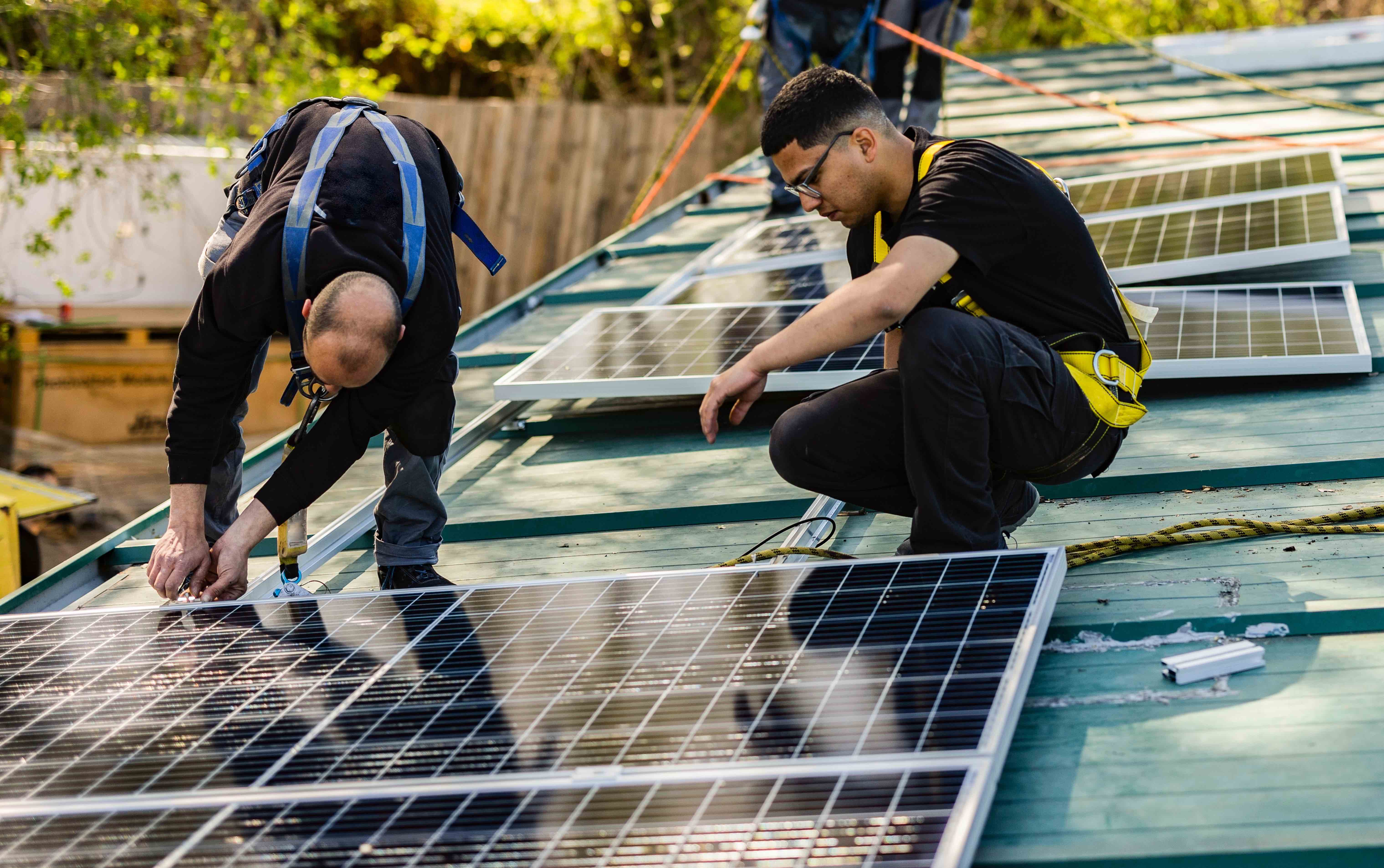
Find out what solar panels cost in your area based on recent quotes
Solar panels are great at what they do, turning sunlight into electricity to power your home for 25 years, sometimes even longer. And they almost never fail while doing it. According to data from the National Renewable Energy Laboratory, solar panels have an extremely low failure rate of about 0.05%.
However, solar systems are made up of more than just the panels. Problems can occur in the software and power electronics that control the system, and accidents can damage solar panels.
When something goes wrong, it can be difficult to identify the problem, know how to get it fixed, and understand who's responsible to pay the cost for the repairs. Luckily, we've identified the top five most common residential solar panel repairs and the roles you, your warranty, and your solar installer will play in getting them fixed.
Key Takeaways
-
The five most common solar panel repairs are monitoring/software issues, inverter hardware issues, roof leaks, wiring issues, and damaged solar panels.
-
The average cost of solar panel repairs is between $400 and $1,000 for a single occurrence, depending on the type of repair and warranty coverage.
-
Solar panel warranties typically cover installation errors and equipment failures, but many do not cover labor to perform the repairs.
-
Premium product warranties and pre-paid solar insurance coverage do tend to cover repairs and include labor cost coverage.
5 common solar panel repairs according to installers
SolarReviews’ 2025 Solar Industry Survey of hundreds of solar installers revealed that the five most common solar panel repairs are:
Monitoring, software, and communication issues
Inverter hardware issues
Roof leaks
Wiring issues
Broken solar panels
Let's take a closer look at these home solar issues and how to get them fixed.
1. Monitoring, software, and communication issues
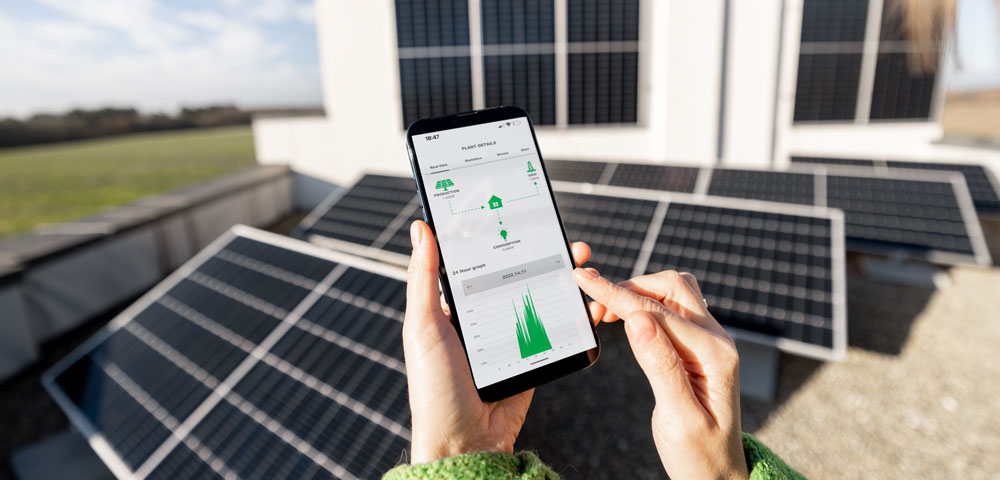
As most people who have gotten photovoltaic solar panels will tell you, checking the monitoring system becomes an hourly habit during the first few weeks of ownership. But after the initial excitement wears off, the panels just kind of sit there, reliably doing their thing.
It might get to the point where you completely forget about the solar monitoring system connected to your home Wi-Fi and accidentally end up changing your password or replacing your router. This leads to one of the most common problems that solar installers face: communication issues.
Or maybe the monitoring hub stops sending data and just needs to be turned off and on again, as computers sometimes do.
In other cases, poorly trained workers can fail to correctly input system parameters, and this can lead to underperforming inverters and batteries that don't charge and discharge at the right times. These issues aren't as common, but they can be frustrating.
Luckily, the fixes for these problems can be quick and relatively easy for skilled technicians to handle.
2. Inverter hardware issues

Inverter hardware failure is the second most common reason your solar system will need repairs, but thankfully, it isn't all that common. The vast majority of inverters should operate for a decade or more without needing any help, but things do sometimes happen.
A solar inverter is an electronic device that converts DC solar power into AC power that you can use in your home. Doing that work involves some pretty complicated power electronics, and the conversion process creates a considerable amount of heat, which can lead to damage.
String inverters act as the "brains" of your system, and your whole system can stop producing power if it fails. If one microinverter fails, on the other hand, the rest of the system will still function normally.
3. Roof leaks
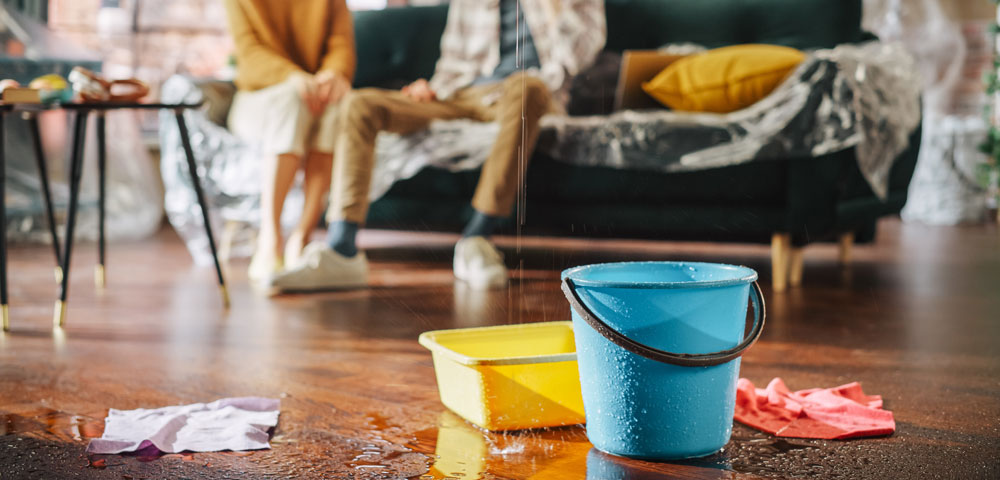
There are many high-quality products on the market to help mount solar panels to your roof with perfect watertightness that should last for decades to come. The best solutions come with pre-applied silicone or butyl sealants that are fool-proof and designed to last.
Roofing leaks are not common, but they can be a major pain when they occur. Thankfully, most installers cover roof penetrations in their workmanship warranty, and they will fix any problems that occur within a certain number of years after installation.
4. Wiring issues
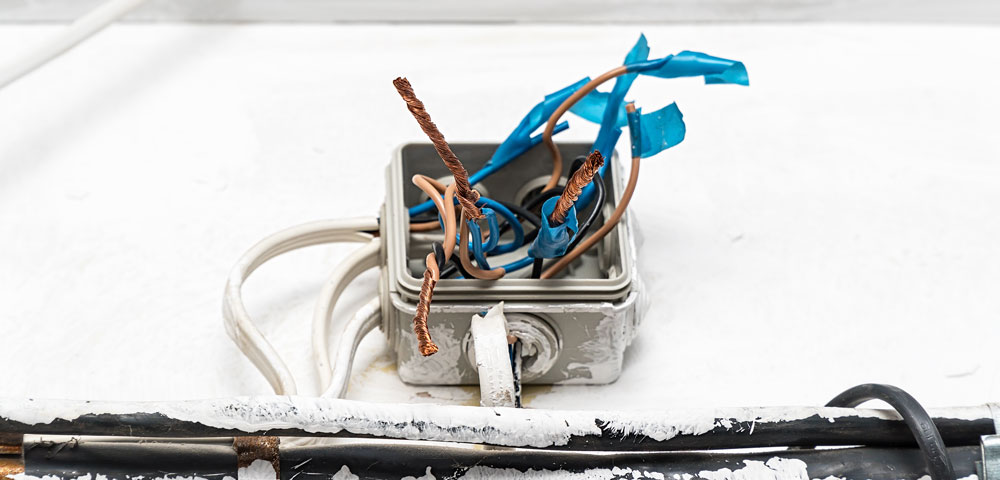
There are a lot of different places where a solar installation is wired together, like junction boxes, circuit breakers, transfer switches, and between each panel. Each of them is a potential point of failure if the wiring isn't done correctly.
Loose connections between cables or wire lugs that aren't fully tightened can lead to arc faults, which cause fires.
Another way wiring gets damaged in a solar array is when animals nest underneath the panels or chew the wires. If the insulation comes off a wire, it can also lead to a fire.
Fixing wiring issues can cost $1,000 or more, depending on the scope of the problem.
5. Broken solar panels
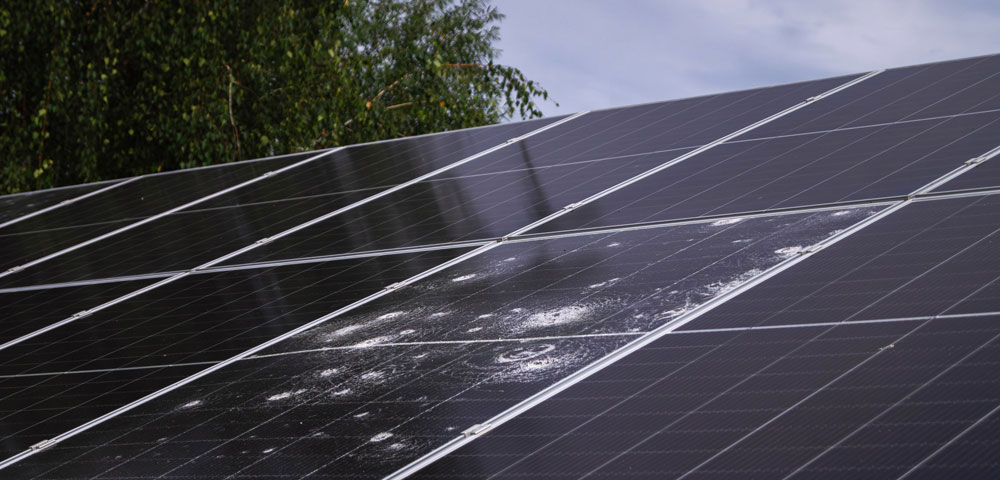
As a general rule, solar panels have been built to withstand decades of rain, snow, wind, hail, and harsh sun. That said, not all storms are created equal, and solar panels can break if hit by large hailstones, golf balls, tree branches, or other falling debris.
Panels can also become damaged in other ways, making them dangerous in certain circumstances, so it’s important to familiarize yourself with how to shut your system down using the AC and DC disconnect switches located near your inverter.
How much do solar system repairs cost?
On average, an on-site solar panel repair costs between $400 and $1,000, depending on the issue.
If the issue requires a technician to come to your house, it costs anywhere from $200 to $300 just to get the truck to you. Additional labor for diagnostics and replacement of defective parts adds to the cost, to the tune of $150 or more per hour. And again, most solar equipment will be covered under warranty, but you may be billed for any parts that aren’t.
That said, in some cases your installer’s support team can diagnose a simple problem remotely and give you advice on how to proceed. That help should be provided at no charge to you.
Who is responsible for solar panel repair costs?
Installers tell us that the customer, the installation company, and the manufacturer generally end up being responsible for a third of the total cost for repairs, on average. But the responsibility for the cost of repairing your solar panels depends on the repair and the type of protection and warranties you have for your solar system.
If the damage is the result of poor-quality installation, like improper inverter setup, a roof leak, or bad wiring connections, the installer should cover the total cost of repairs.
For repairs involving failure of a component due to a manufacturing defect or issue with the equipment itself, the manufacturer will usually cover the cost of all materials under warranty. However, manufacturer and installer workmanship warranties don’t usually cover the labor costs associated with panel replacement or other system repairs, so you’ll likely be on the hook for at least some of the costs.
If weather or a natural disaster damages the solar panels, or if an issue causes a fire, you might have some protection through your homeowners insurance policy. Be sure to check your policy and see what types of perils are covered, how it handles damaged solar panels, and if you need to extend your coverage to avoid being underinsured.
For extra protection, you can get pre-paid third-party warranty coverage or a premium manufacturer warranty. These might cost you extra money upfront, and there’s no guarantee that you’ll use them, but they provide extra savings and peace of mind if you do need a solar panel repair.
Solar leases and repairs. If your solar panels are financed through a solar lease or a power purchase agreement (PPA), you won’t have to worry about paying for repairs for your solar panels, unless you caused the damages and breached your contract. The solar company will be responsible for repair costs and solar panel maintenance because they are the owner of the solar panels, not you.
How warranties cover solar panel repairs
There are a few different kinds of solar panel warranties that cover different components of the system.
Solar panel warranties cover materials and workmanship, and a separate warranty also guarantees the panels will output a certain percentage of their rated power over time.
Solar inverter warranties cover materials and workmanship if the products fail during the warranty period.
Solar battery warranties cover materials and workmanship, and also guarantee the battery will retain a significant portion of its energy storage capacity over a long period of time.
Warranties from the solar installer typically cover the installation work they perform, including the watertightness of roof penetrations, programming inverter and battery software, and system performance.
Finally, solar warranty insurance companies like Solar Insure offer extended coverage that can tie together all of these warranties under their service partners and includes labor coverage. This can increase the cost to install solar panels, but the peace of mind is often worth it. About 20% of solar installers offer this coverage during the sales process.
All of the manufacturer warranties cover failures due to materials and workmanship, and premium solar panel brands like REC and Maxeon add coverage for labor to replace the defective components. Inverter and battery warranties rarely offer labor coverage, but some premium brands might.
What to do when your solar panels break
Let’s start out with some good news: if something goes wrong with your solar installation, your installer might know before you do. According to our solar industry survey statistics, 73% of solar installers proactively monitor the system they’ve installed to watch for any malfunctions, so they might call you before you notice anything wrong.
But if something does cause your solar installation to break and you notice it, the first thing to do is BE SAFE. Live electricity flows through these components, and physical damage to the system can expose you to high voltages. Be sure you know where the main AC and DC disconnect switches for your system are located, and how to turn them off in case something is malfunctioning.
After you’ve verified that the system is safe, your first call should be to your solar installation company (unless you chose to DIY your solar energy system).
Most large national installers will have a customer service department that can handle your support request, but if you went with a smaller installer, you should have a project manager there or the number for their in-house maintenance department.
Final word on solar panel repairs
Like any major home system, you’ll like need repairs sometime in your solar panel installation’s 25-year lifespan. The most important things you can do as a homeowner are:
Choose a solar company with years of experience and a good reputation to minimize the chance of future failures
Be prepared to safely handle a malfunction by knowing how to shut down your system.
Understand how your solar installation is connected to the internet and ensure you don’t do anything to break that connection.
Maintain a contact at your solar installer so you know who to call if something needs to be fixed.
Understand your warranty coverage from equipment manufacturers, your solar installer, and any third party warranty insurance company.
Practice regular maintenance on your solar panels to ensure your system keeps working smoothly.
Also, remember the following: If your solar panels fail, you may have to pay for an electricity bill and you may still have to make lease/loan payments while you wait for repairs. These costs can add up quickly.
Solar power systems rarely need repairs, but it is to your benefit to be prepared to act quickly in case your energy output drops. With some preparation, any solar panel system outage can be remedied quickly, and you can get back to enjoying abundant free solar energy for the long term.
Ben Zientara is a writer, researcher, and solar policy analyst who has written about the residential solar industry, the electric grid, and state utility policy since 2013. His early work included leading the team that produced the annual State Solar Power Rankings Report for the Solar Power Rocks website from 2015 to 2020. The rankings were utilized and referenced by a diverse mix of policymakers, advocacy groups, and media including The Center...
Learn more about Ben Zientara